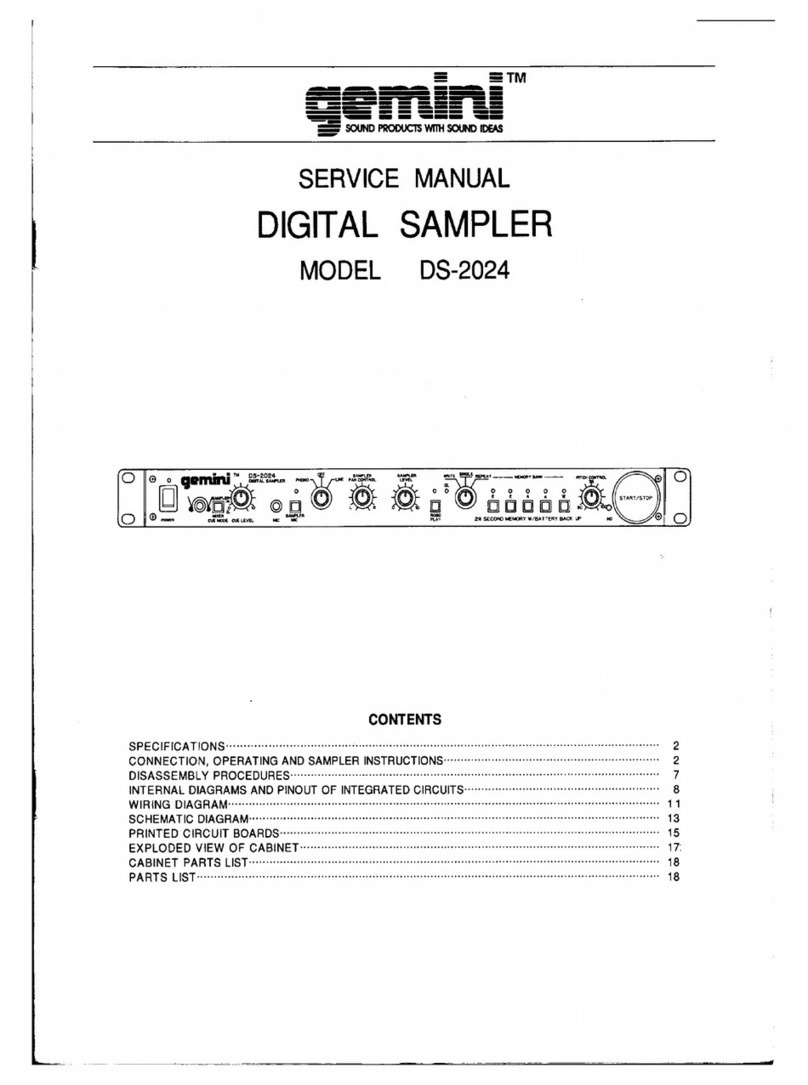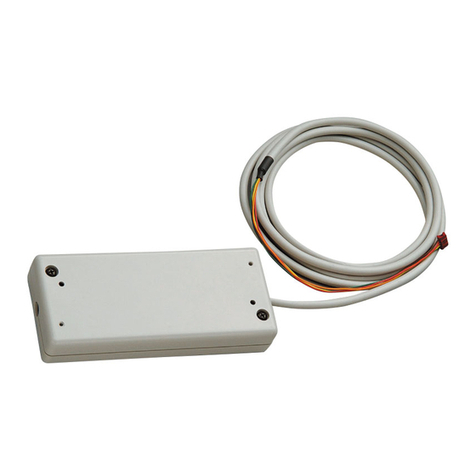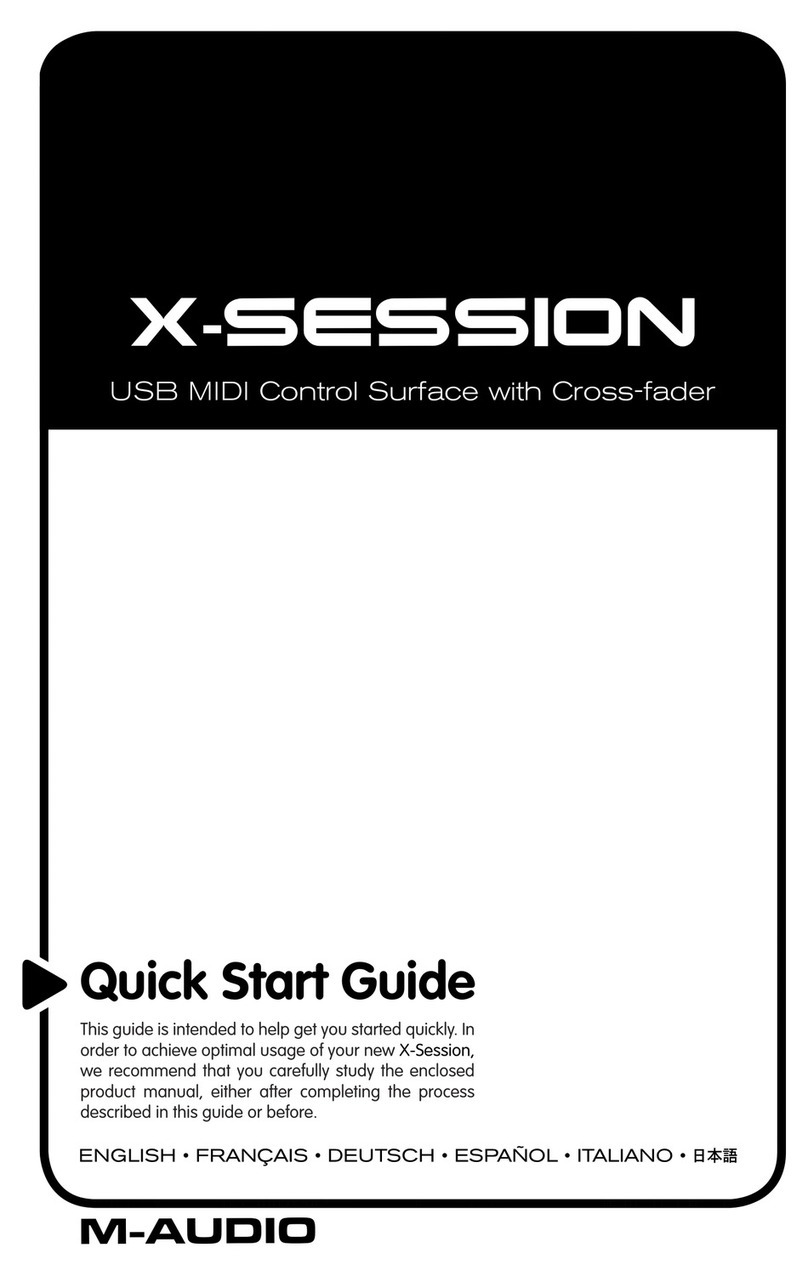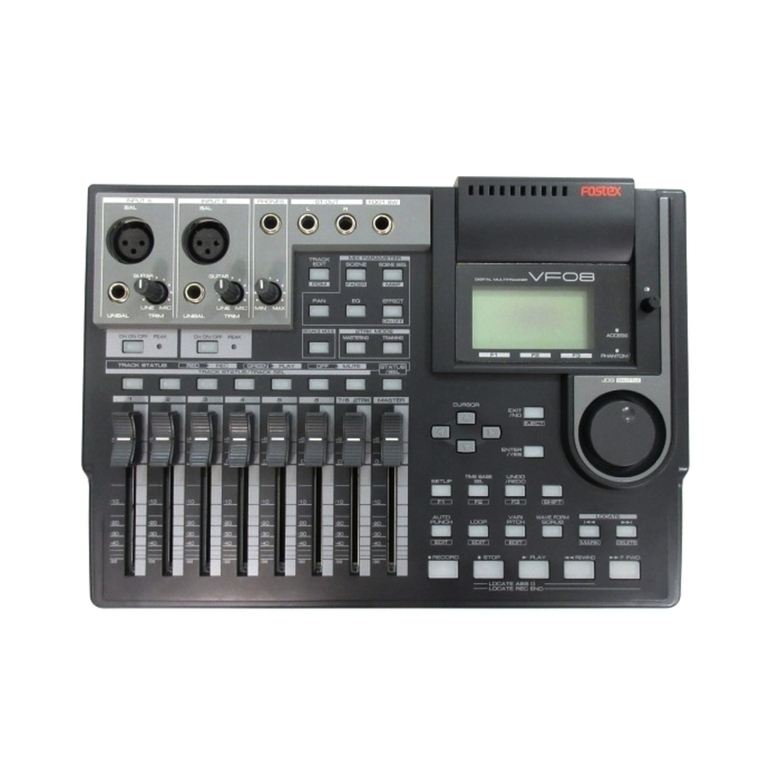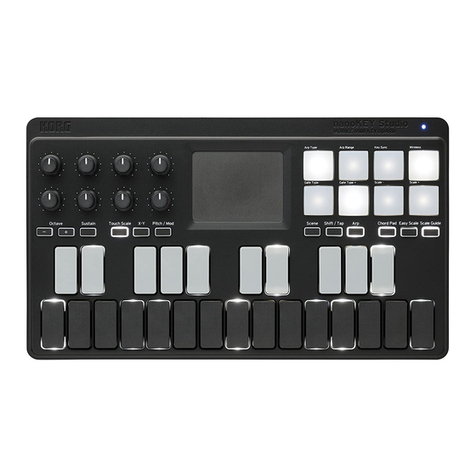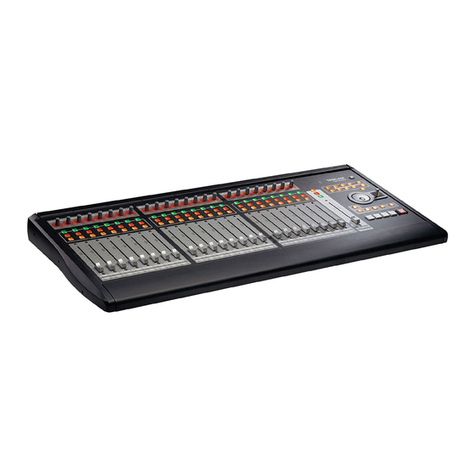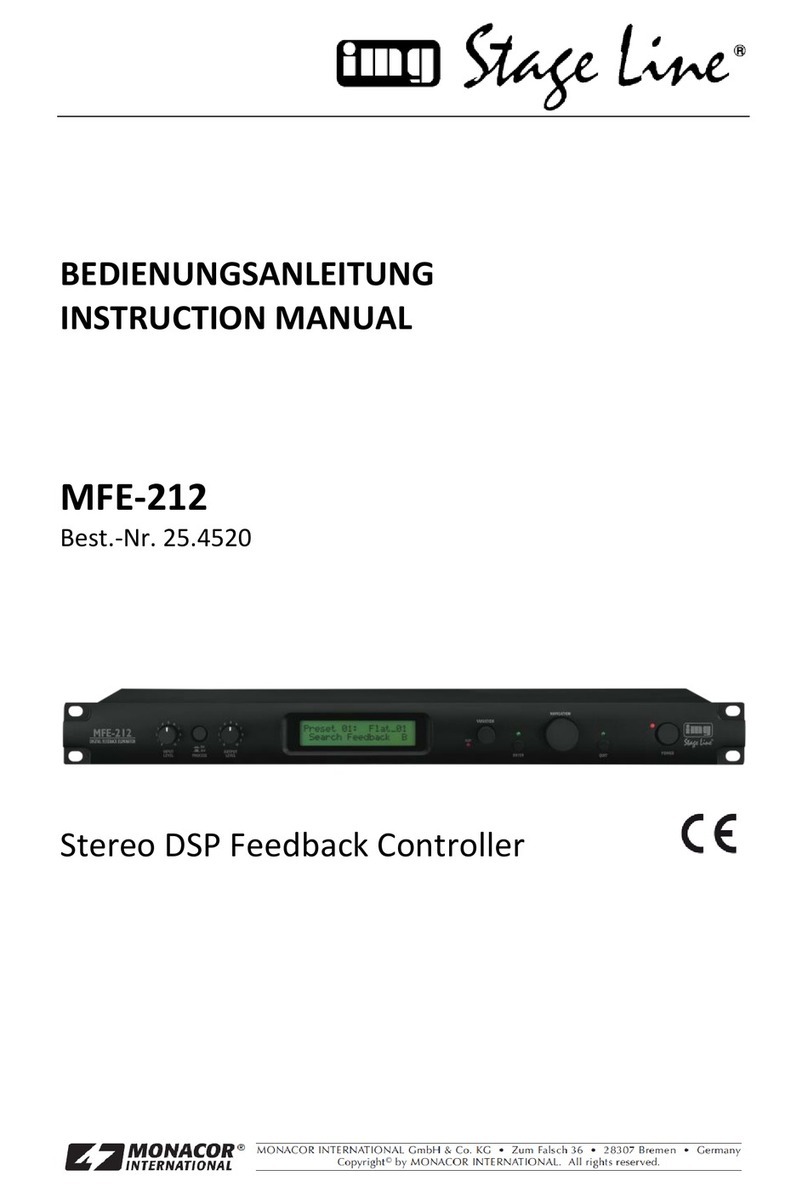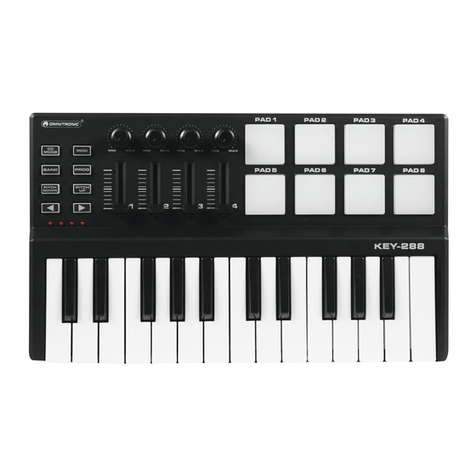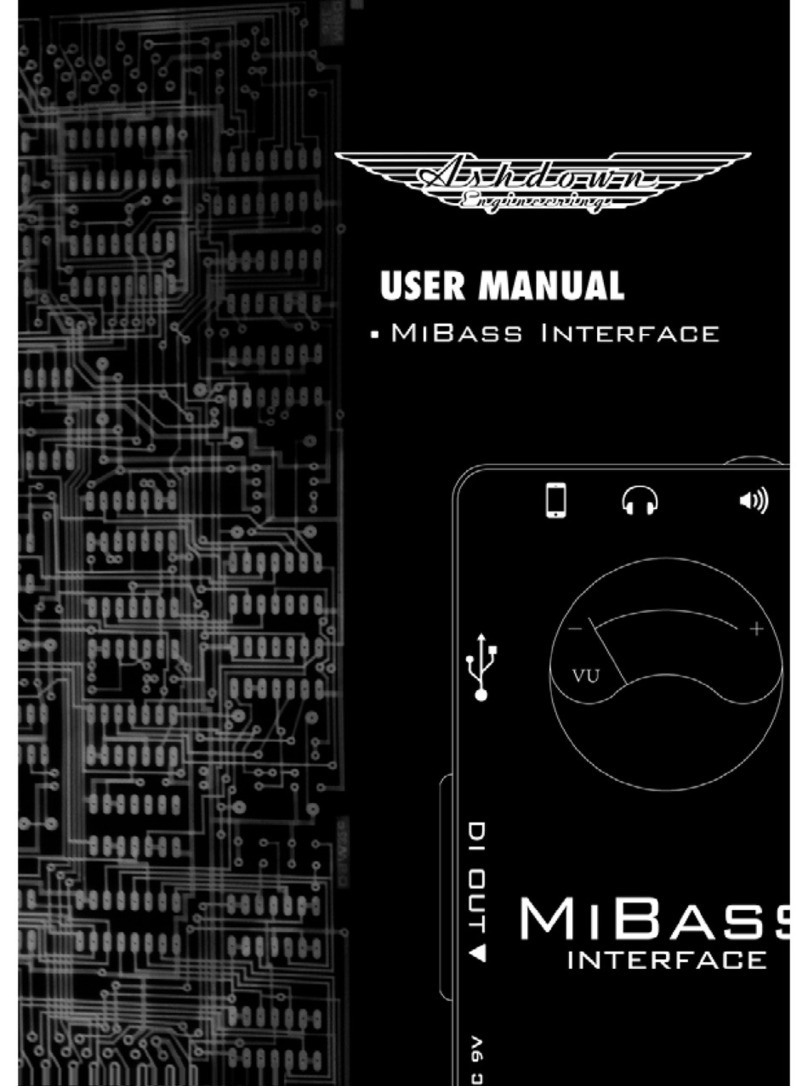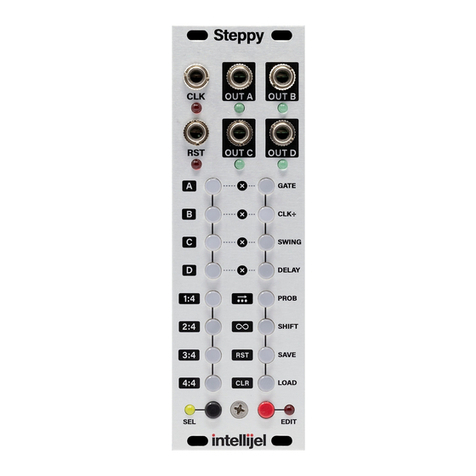ORTEC 99X-1 User manual

Model
99X-I
RS-2324
Interface
Instruction
Sheet
This SerialCommunications Interfaceconformsto
the EIA RS-232-C Standardand containsallthe
circuitry neededto communicatewith most ASCII
terminals andwith mostcomputersequippedwith
a
SerialCommunicationsPort. The connectionis
made with a standard25-pin, male
"D"
connector
mounteddirectly to the interface printedwiring
board
(PWB).
The connector
is
accessible through
a slot inthe rear panelof the module. This
connector iswired as a
DTE
(dataterminal
equipment) device as defined inthe RS-232-C
standard. The 20-mA current signals are also
includedon this connector.
The signalconnections are shown inTable
1.
The
signalnames inuppercase are the 20-mA current
connections and the RS-232-Csignal names are
shown in lower case.
Whenthis interfaceis connected to another
DTE
devicesuch
as
a
computeror terminal,
a
null
modemcable must be used to matchthe proper
signalsbetweenthe two devices. Thesecablesare
available at most computer equipment suppliers or
directly from ORTEC. The connections of the null
modemcable are given inTable 2.
The serial option
is
afull-duplex, asynchronous
communicationsinterfacewith aselectablebaud
ratefrom
50
to 19,200. The baudrateselection is
madevia a 4-position DIP switch locatedon the
PWB
(Fig.
1).
The baudrateselectedmust match
exactly the baudrateof the device towhich the
module isconnected. The switch settings are given
inTable
3.
Inadditionto the baud rate selection, the format of
the data bits(ASCIIcharacters) must also be set to
matchthe device to which the
994
isconnected.
To accomplishthis, an &position
DIP
switch
(Fig.
I)
isprovidedto allow the operatorto select
the numberof data bits, parity enable or disable,
odd or even parity if enabled, andeither one or
two stop bits. These must matchthe device to
which the
module
is
connected. Table
4
defines
these selections.
Table
1.
RS-2324 Connections.
Pin
1
?in
No.
Signal
I
NO.
Signal
1
protective
ground
2
transmit
data
3
receive
data
4
request
to
send
5
clear
to
send
6
data
set
ready
7
signal
ground
8
9
10
11
12
13
14
15
16
17
POSITIVETRANSMIT
I8
t9
20
dala
lerminal
ready
21
22
23
POSITIVE
RECEIVE
24
NEGATIVETRANSMIT
25
NEGATIVE
RECEIVE
Table
2.
Null
Modem
Cable
Connections
Pin
Pin
Computer
No.
No.
99X-1
ProtectiveGround
Signal
gmnd
Transmit
data
Receive
data
Request
to
send
.
Clear
to
send
Data
set
ready
Data
lemilnal
ready
Protee
Ground
Signal
ground
Receive
data
Transmit
data
Clear
b
send
Requesl
to
send
Data
twndnai
ready
Data
set
ready
Table
3. Baud
Rate
Selection
BaudRate
84
53
52
51
50
On
On
Off
On
75
On
On
Off
Off
110
OR
Off
OM
Off
134.5
On
Off
On
On
150
Off
Off
off
On
200
On
Off
On
Off
300
Off
Off
On
Off
600
On
Off
Off
On
1200
Off
On
Off
Off
1800
Off
On
Off
On
2400
On
Off
Off
Off
4800
Ofl
On
On
Off
9600
Mi
On
On
On
19,200
On
On
On
On
19,200
On
On
On
Off

20
ml
CURRENT
LOOP
PASSIVL
SELECTION
ACTWE
W3
mu.
.W"E
.a.
Fig.
I.
Changing
Jumpers
on
the
99X-I
RS-232-C
InterfaceBoard.
ON
7
DATA
BITS
DISAbLE
PAIIIPI
r*nm
ODD
*
STOP
MI
MIA
ONE CVCLE
COUNTER
ONLY
WOAMAL
Table
4.
Data
Format
20-mA
CURRENT
COOP
OUTPUT
Switch
Position
Off
On
1
8
Data Bits
7
DataBits
2
Enable
Parity
Disable
Parity
3
Even
Parity
Odd
Parity
4
2Stop
Bits
-I
Stop
Bit
5
6
RecycleMode OnsCycteMode
7
Counterrrimer Counter Only
8
PRINT
ONLY
NORMAL
The 99X-1 optionis shippedfrom the factory
with
the following settings:
I
.Characterlengthset to
8
bits.
2.
Paritycheck
and
generationdisabled.
3.
Parity selectionset to even.
4.
Stopbitselectionset for
1.
5.
Baudrate set for
9600.
6.
One-cycle modeselected.
7.
Counterflimer selected.
8.
NORMAL.
The
20-mA
currentloop operates inexactly the
sameway as the
RS-232-C.
All switchselections
apply equally to the
20-mA
current loop
communications. The major differenceinthe two
modes isthe electrical characteristicsof the
signals.
The
RS-232-C
usesa change involtage to
transmit and receivedata, and the
20-mA
current
loopuses
a
change in
current
to transmit and
receivedata.
The
current loop is opticallycoupled
to the module
and
can
be
made
to beeitheractive
(currentfor the loop suppliedbythe module)or
passive(currentfor the loopsupplied by the
connecteddevice)
by
changing
a
set
of
jumpers on
the interfaceboard
(Fig.
1). The transmit and
receiveloops can beindividuallyselected
to
be
active or passive. The module
is
factory-set at
shipmentwith both
the
transmit
and
receiveloops
set for active. The transmit and receive signals are
includedinthe
RS-232-C
connector.
A
special
cable is neededwhen usingthe
20-mA
current
loopto connect the module to a computer
or
terminal. Order cable Model
91
8
Cable Assy,
20
mA
(C19)
from
ORTEC.

USING
THE 99X-1
WITH
A
PRINTER INSTALLATIONINSTRUCTlONS
By placingthe PRINTONLY-NORMAL (52-8)to
the PRINTONLY position, the 99X-1 Interfacewill
drive a printerwith an RS-232-C interfacedirectly.
This allows the module to generatea hard-copy of
the data collected without the needfor commands
from a computeror keyboard.When the interface
isinstalledina Counterrrimerand the moduleis
startedwith the Count control, each time the
presetvalue is reached the data isautomatically
transferred to a printer. Ifthe Recycle mode is
selected (S2-6 Off), the Counter data iscleared
anda new cycle is startedimmediately. Ifthe One
Cycle mode issejected
(S2-6
On),
the counterwill
haltuntila resetisgenerated either by the-front-
panelResetswitchor by the Dwelltime expiring, at
which time a newcounting cycle will begin.
When the interfaceis installedina CounterOnly
module, a countingcycle isstarted by the front-
panetCount control. When the counting cycle is
stopped either bypressingthe Stop controlor by
bringingthe Master Enable(or Gate)inputlow, the
data which hasaccumulatedinthe counter will
be
transferred to the printer. If the Recyclemode is
selected, the counterwill beclearedand
a
new
data collection cycle startedas soon as the
counterisenabledeither by the Count controlif
the countingwas terminated bythe Stop switch, or
bythe Master Enable (or Gate) going highif the
countingwas stopped
by
thissignal. Ifthe One
Cycle mode isselected, the counterwilt continue
countingfrom the pointof interruptionwithout
beingreset when reenabledto count.
When power isapplied to the module, the Model
Number of the Moduleand the firmware version
will be printed.When any of the modeswitches
are changed, the modulemust be powered
up
againbefore the changesare recognized.
The Model
99X-1
RS-232-C
Interfacecan be
installedinthe ORTEC Models 994, 995, 996, and
997. To installthe RS-232-C interface,follow the
steps listed below:
I.
Removethe leftside platefrom the module.
If
the optional power supply is notalready
installed,skip to step
5.
2.
Removethe right side panel.
3. Remove the two screws holdingthe optional
powersupply to the bottom rightmodulebar.
4.
Remove the two screws on the top of the power
supply chassiswhich secure it to the bracket
mountedon the bottomleftmodule bar, and
movethe power supply chassisout of the
module.
5.
On the interfaceboard, set the switches
to
the
desired positionsusingTables
3
and
4
to match
the device to which itwill be connected.
6.
Ifinstalling into Models 996 or 997, replacethe
two
518"
metalstandoffs on the circuit board
of
the modulewith two 112" standoffsincludedin
the mounting kitfor 99X-1 interfaceboard.
7. Installthe interfaceboard intothe module,
slidingthe RS-232-C connector through the slot
in the rear panelof the module first and align
the40-pin connector on the back of the board
with the pinsprovidedon the counter board.
Use
care to ensure propermatch-upof
connector and pins.
8. Installthe two mountingscrews intothe
standoffs providedon the counter board.
9.
Reinstallthe power supply chassisifone is
present.
10.Replace side panelsand installationis
complete.
6553808
0202
Printed
in
U.S.A.
ORTEC
800-257
-9750
www.ortec-online.com
infoeortec-an!ine.com
Fax
(865)
483-0396
801
South
Illinois
Avo..
Oak
Ridqe.
TN
37831-0895
U.S.A.
18651
4e2441l
*UJIEIEIC
ADVANCED
MEASUREMENT
TECHMOLOOY
.---,
--
----
For
tnlernnlional
Olfice
~~cation~,
Wail
Our
website

Popular Recording Equipment manuals by other brands
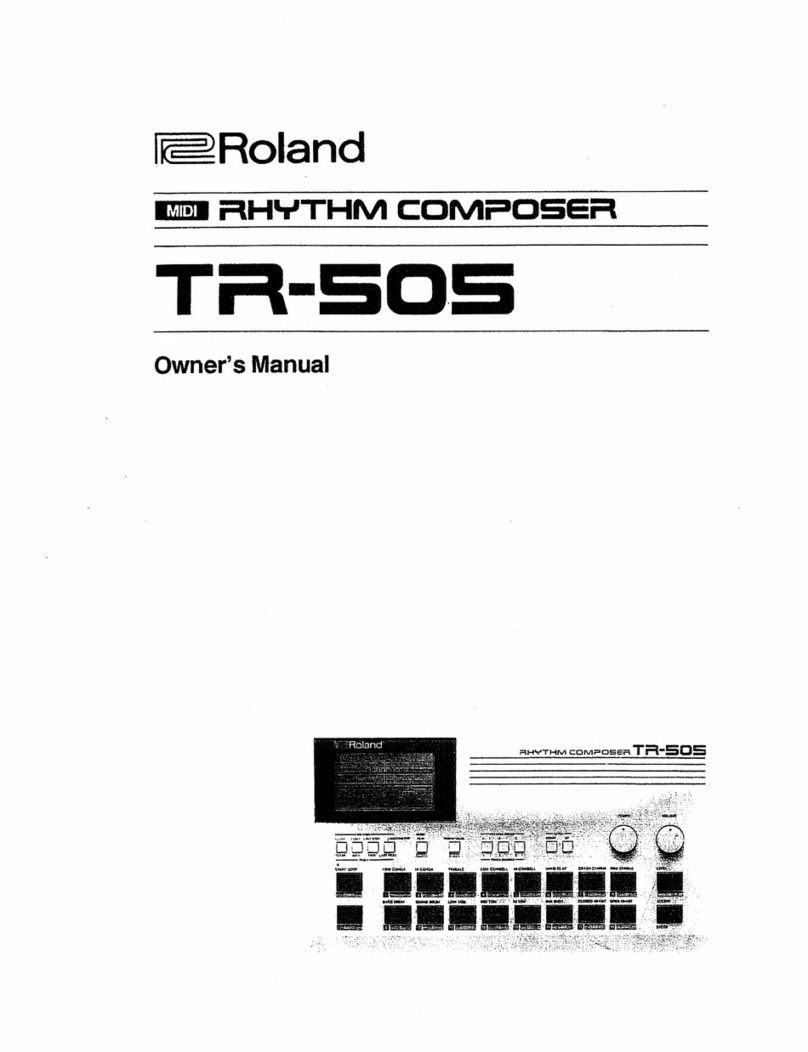
Roland
Roland Rhythm Composer TR-505 owner's manual
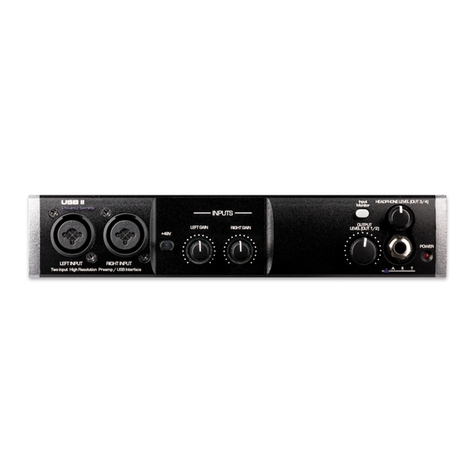
Applied Research and Technology
Applied Research and Technology Project Series user manual
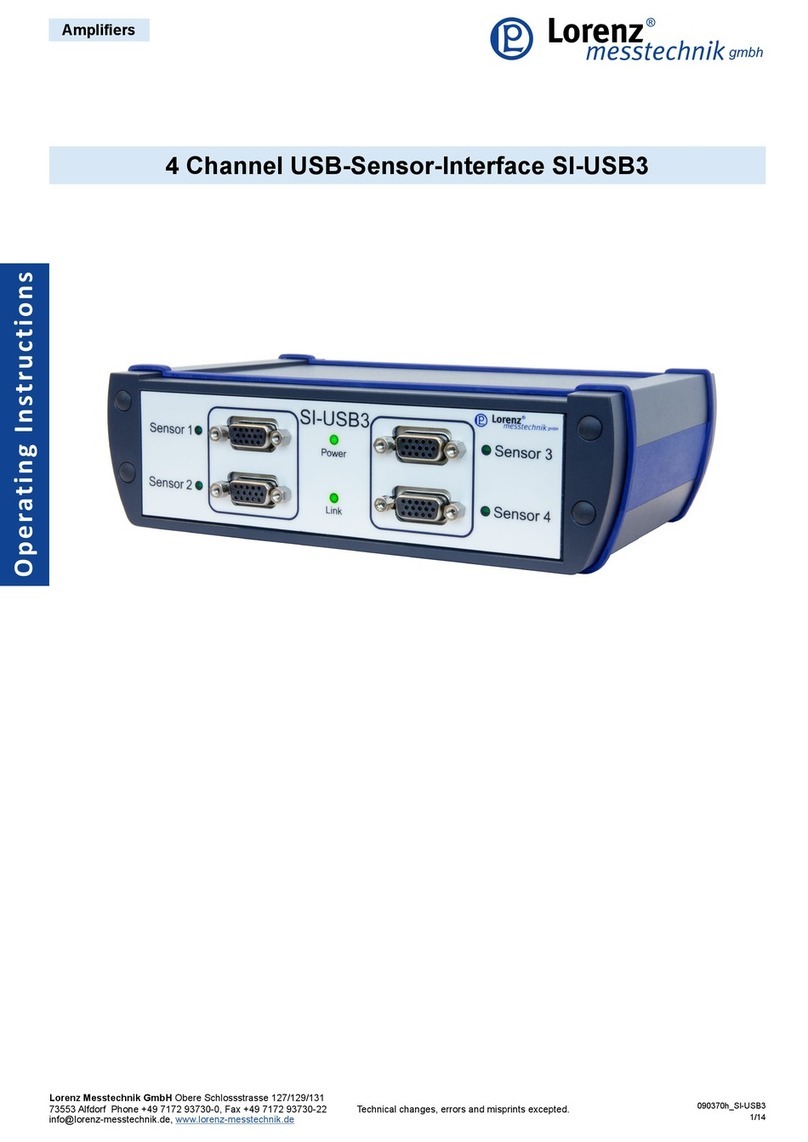
LORENZ MESSTECHNIK
LORENZ MESSTECHNIK SI-USB3 operating instructions
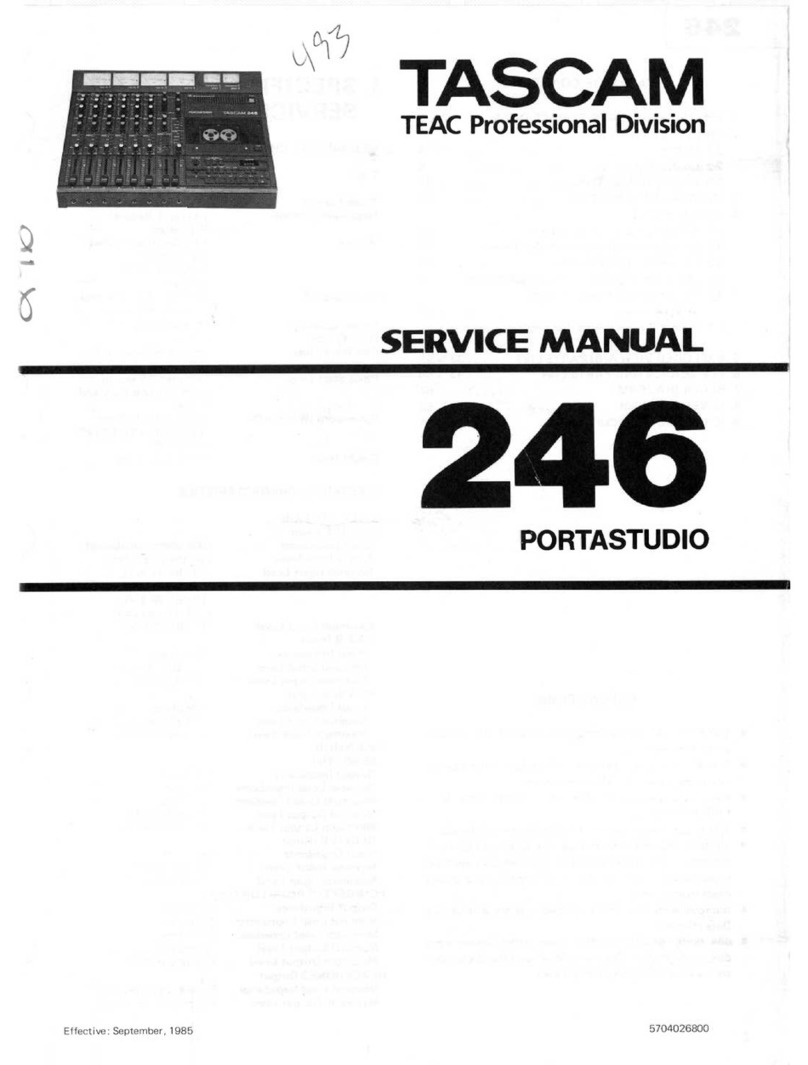
Tascam
Tascam 246 Service manual
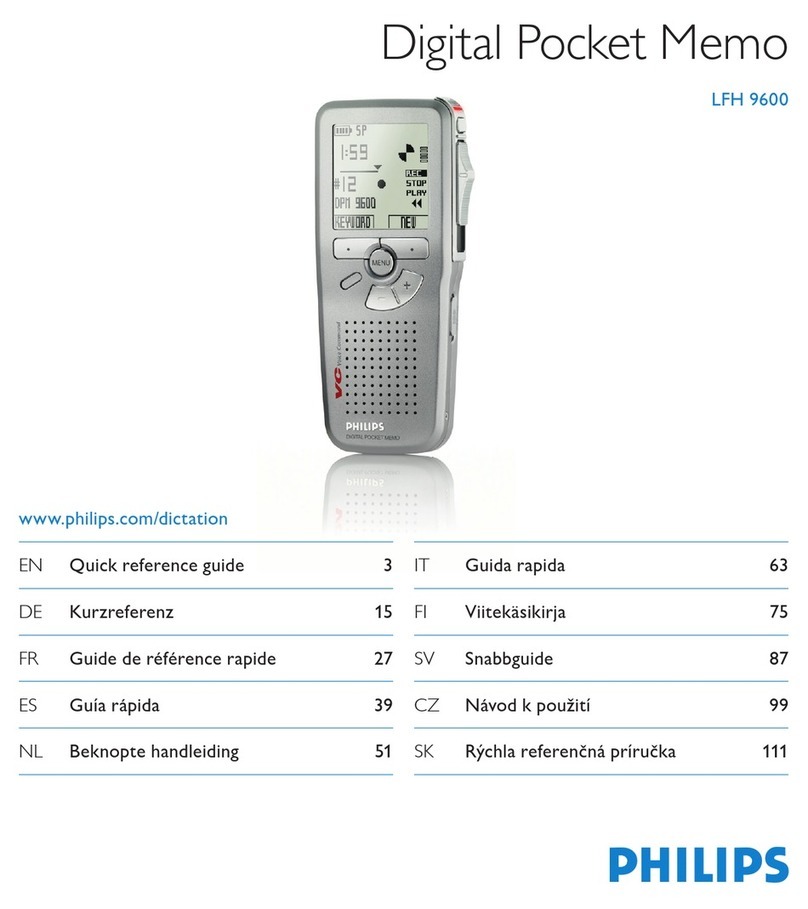
Philips
Philips POCKET MEMO LFH9600 Quick reference guide

Quanser
Quanser QNET quick start guide
